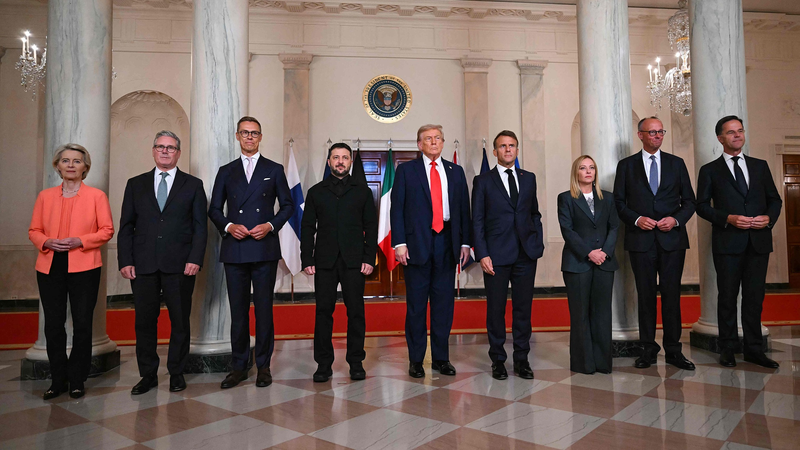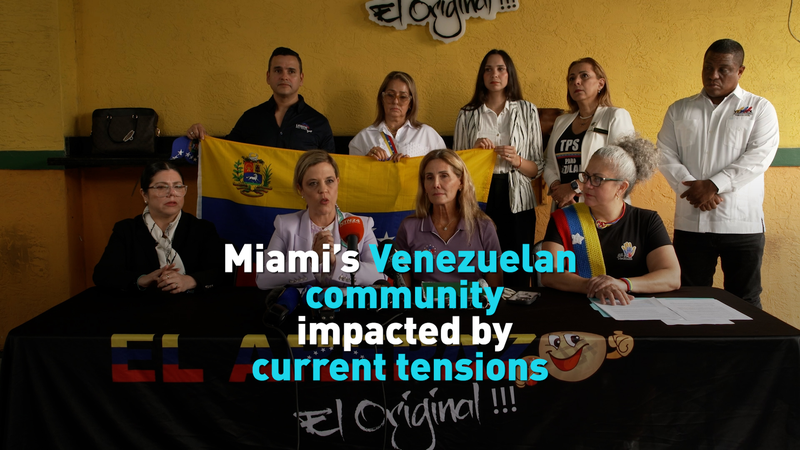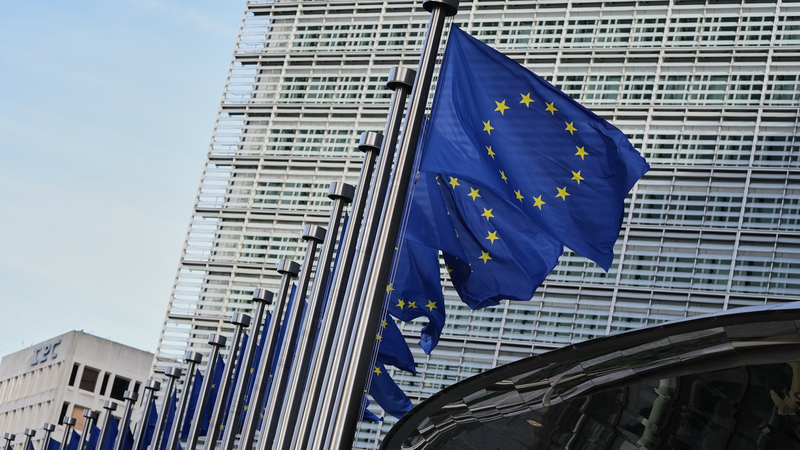On Monday, President Donald Trump hosted Ukrainian President Volodymyr Zelenskyy alongside seven European heads of state at the White House to chart a path forward in the Ukraine crisis. This high-profile gathering followed Trump’s summit with Vladimir Putin in Alaska, which ended without an agreement.
Meeting Atmosphere and Key Takeaways
Experts agree that the talks did not deliver a major breakthrough, but moved the dialogue ahead. Four key takeaways stand out:
- The United States agreed to join any future security guarantees and to address territorial questions directly with Russia.
- President Putin softened his stance on a potential one-on-one meeting with President Zelenskyy, opening a door for direct talks on disputed regions.
- Russian forces carried out more attacks during the meeting, causing over ten Ukrainian casualties, signaling a hard line in negotiations.
- All sides praised the convening, with Ukraine thanking the U.S., underscoring that neither Kyiv nor Europe can afford to break from Washington.
Territorial Divide Remains a Sticking Point
The biggest obstacle is land swaps. Since 2022, Russia controls roughly 99% of Luhansk, 76% of Donetsk, 73% of Zaporizhzhia and Kherson, and small parts of Kharkiv and Dnipropetrovsk. Moscow proposes trading its footholds in Kharkiv and Dnipropetrovsk for full control of Luhansk and Donetsk—a deal Ukraine and Europe reject outright.
There is also a clash over sequencing: Ukraine and its European backers insist on a ceasefire first, while Russia—and to some extent the U.S.—prefer to move straight into talks on lasting peace.
A Rough Road Ahead for Trilateral Negotiations
Given deep divisions over territory, questions about President Zelenskyy’s legitimacy in Moscow, Europe’s military aid to Kyiv, and differing U.S. and European priorities, experts warn that this meeting is coordination at best. It may increase the odds of a future U.S.-Russia-Ukraine summit, but expectations for major results remain low.
Europe’s Balancing Act
After more than three years of conflict, Europe has endured lost markets, energy shortages, deindustrialization, and social tension. European leaders used the White House meeting to back Ukraine, pressure the U.S. to stay engaged, and assert their own role. Yet Washington has made it clear Europe must bear most security-guarantee costs while leaving territorial decisions to Russia and Ukraine.
What’s Next: Ceasefire Prospects
The deep rift over territory and ceasefire terms suggests the war will drag on. Temporary pauses may emerge, but a long-term truce remains unlikely as each side with battlefield advantages resists binding commitments. Experts predict intensified fighting alongside more frequent diplomatic exchanges—potentially paving the way for gradual consensus, but no quick fix.
Reference(s):
Q&A: Why Ukraine talks fell short of a breakthrough, but still matter
cgtn.com




